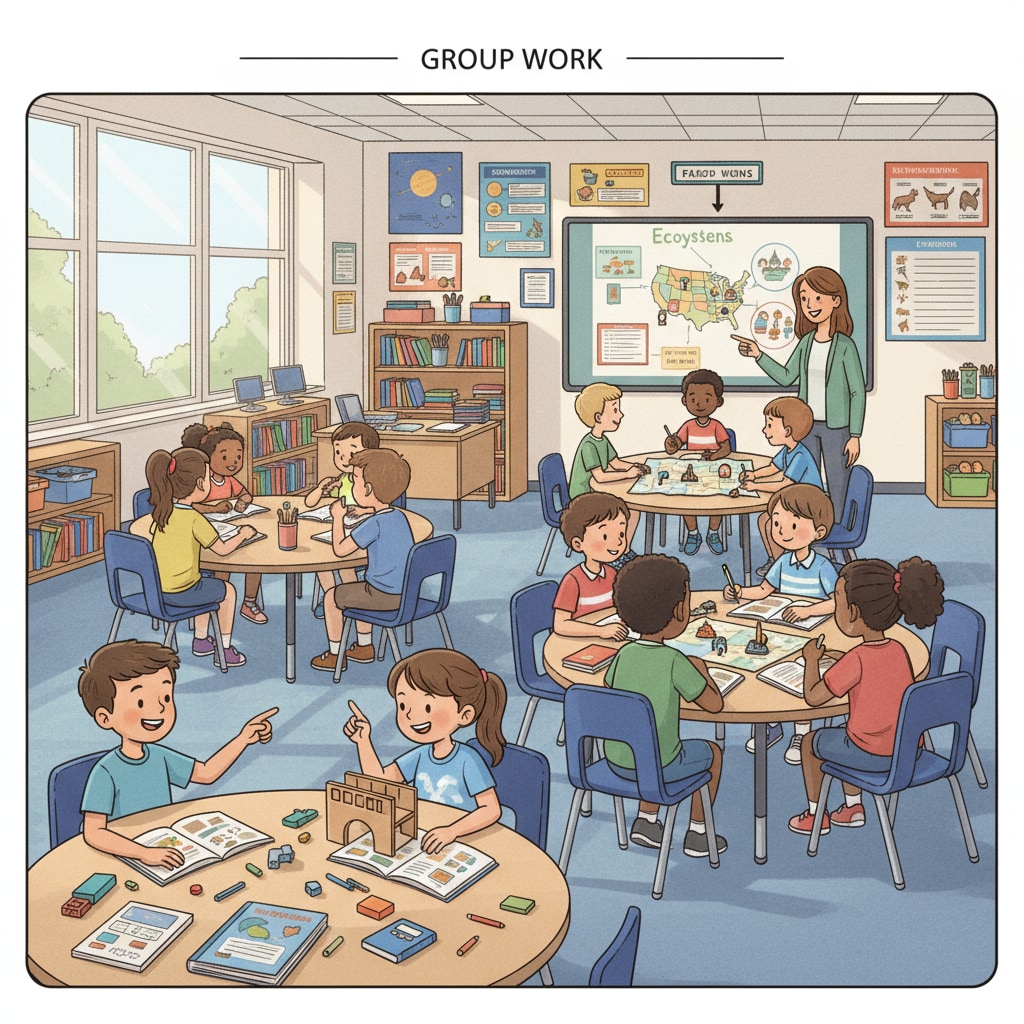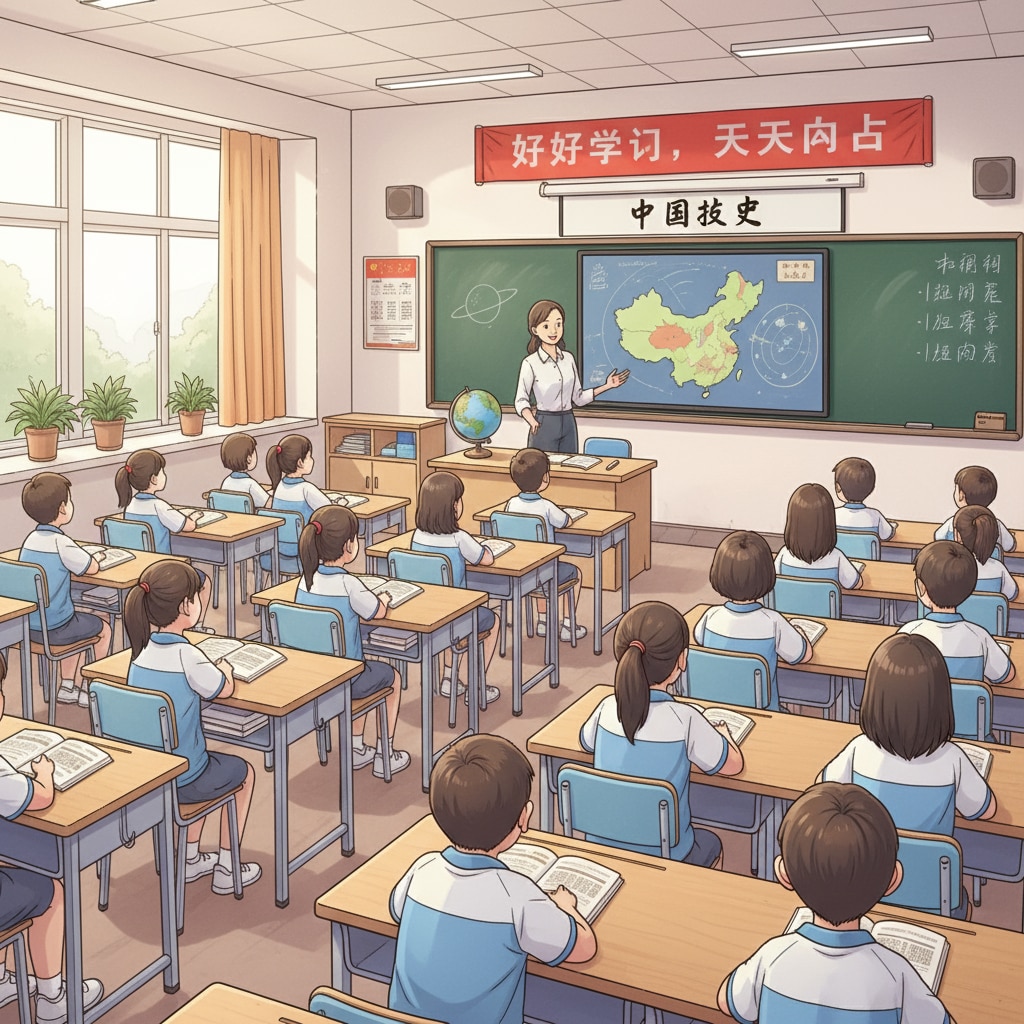The education systems of the United States and China have long been subjects of interest and study. When examining the K12 education systems in these two countries, significant differences emerge in various aspects, including teaching concepts, classroom cultures, and evaluation systems.

These differences not only reflect the unique cultural and social backgrounds but also have a profound impact on students’ learning experiences and future development. Education in the United States on Wikipedia Education in China on Wikipedia
Teaching Philosophies: Nurturing Different Skills
In the US, the teaching philosophy often emphasizes fostering creativity, critical thinking, and independent learning. Teachers encourage students to express their opinions, explore different ideas, and solve problems on their own. For example, in a science class, students might be given a project to design and conduct their own experiments. This hands-on approach helps students develop practical skills and a deep understanding of the subject matter. However, in China, the teaching philosophy leans more towards building a solid foundation of knowledge. Teachers focus on ensuring students master basic concepts and skills through systematic instruction and practice. This approach equips students with a strong academic base, enabling them to handle more complex learning tasks in the future.

Classroom Cultures: Contrasting Dynamics
The classroom cultures in the US and China also vary greatly. In American classrooms, there is a more relaxed and interactive atmosphere. Students are encouraged to speak up, ask questions, and engage in discussions with their teachers and peers. Teachers often act as facilitators, guiding students’ learning rather than dictating every step. In contrast, Chinese classrooms typically have a more structured and disciplined environment. Students are expected to listen attentively, follow the teacher’s instructions, and respect the authority of the educator. This does not mean that there is no interaction, but it is more teacher-led. These differences in classroom cultures can influence how students learn and interact with the educational content.
When considering the evaluation systems in both countries, we can also see distinct differences. In the US, a variety of assessment methods are used, including projects, presentations, quizzes, and exams. This comprehensive approach aims to evaluate students’ overall abilities in different aspects. In China, while exams play a crucial role in evaluating students’ academic performance, there is also an increasing emphasis on other forms of assessment, such as practical projects and classroom participation. Each system has its own advantages and disadvantages, and understanding these can help us better understand how students are measured in these two educational settings.
Readability guidance: As we can see, the US and Chinese K12 education systems have their own characteristics. By understanding these differences, educators and policymakers can draw on each other’s strengths to improve the overall quality of education. Whether it’s adopting more creative teaching methods from the US or strengthening the knowledge foundation as in China, the goal is to provide students with a more comprehensive and effective education.


